- 23
- Mar
Лити батерейны хүчин чадал яагаад мууддаг вэ гэж хэн нэгэн эцэст нь дүгнэв
Lithium-ion batteries are the fastest-growing secondary batteries after nickel-cadmium and nickel-hydrogen batteries. Its high-energy properties make its future look bright. However, lithium-ion batteries are not perfect, and their biggest problem is the stability of their charge-discharge cycles. This paper summarizes and analyzes the possible reasons for the capacity fading of Li-ion batteries, including overcharge, electrolyte decomposition and self-discharge.
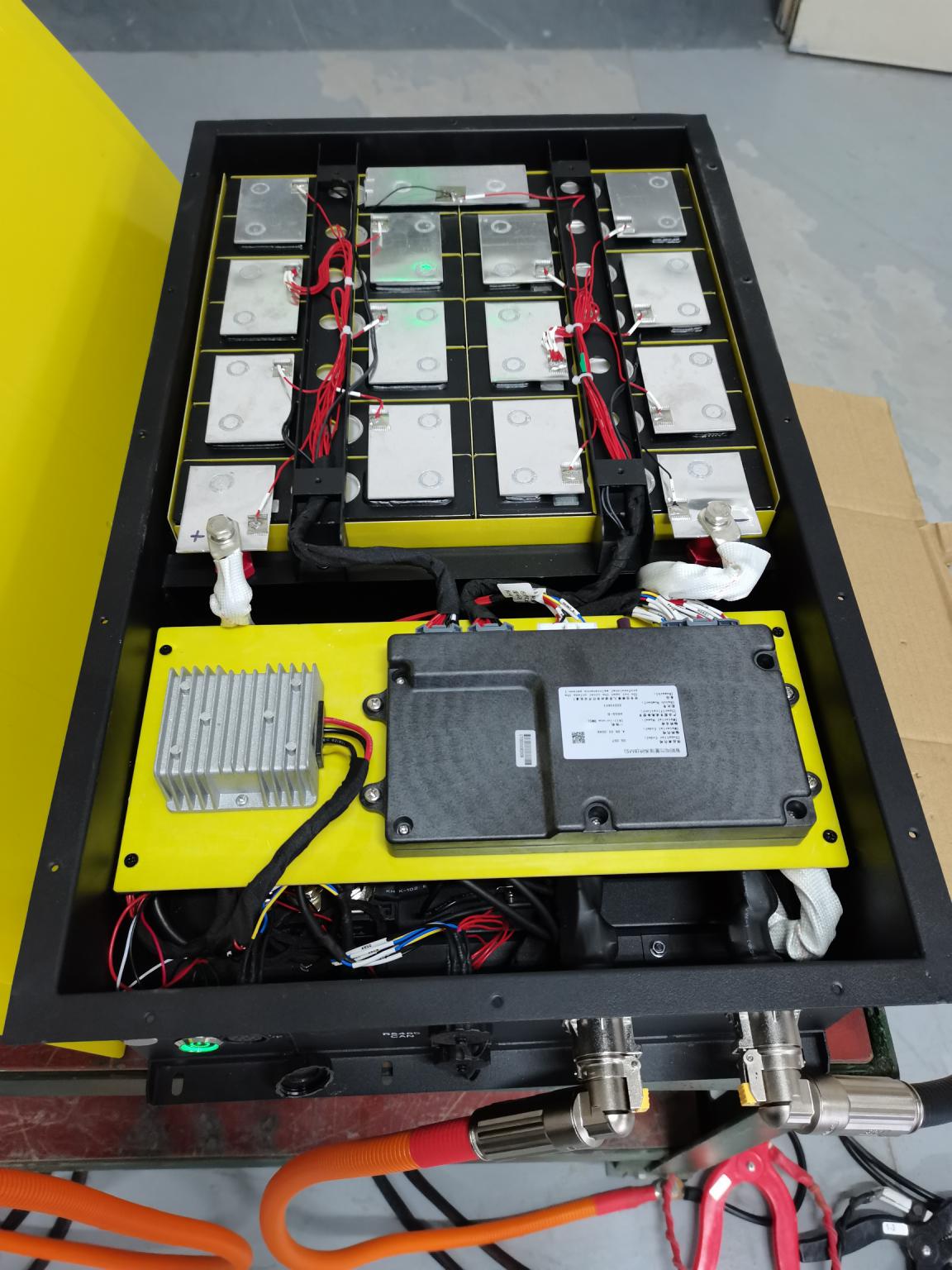
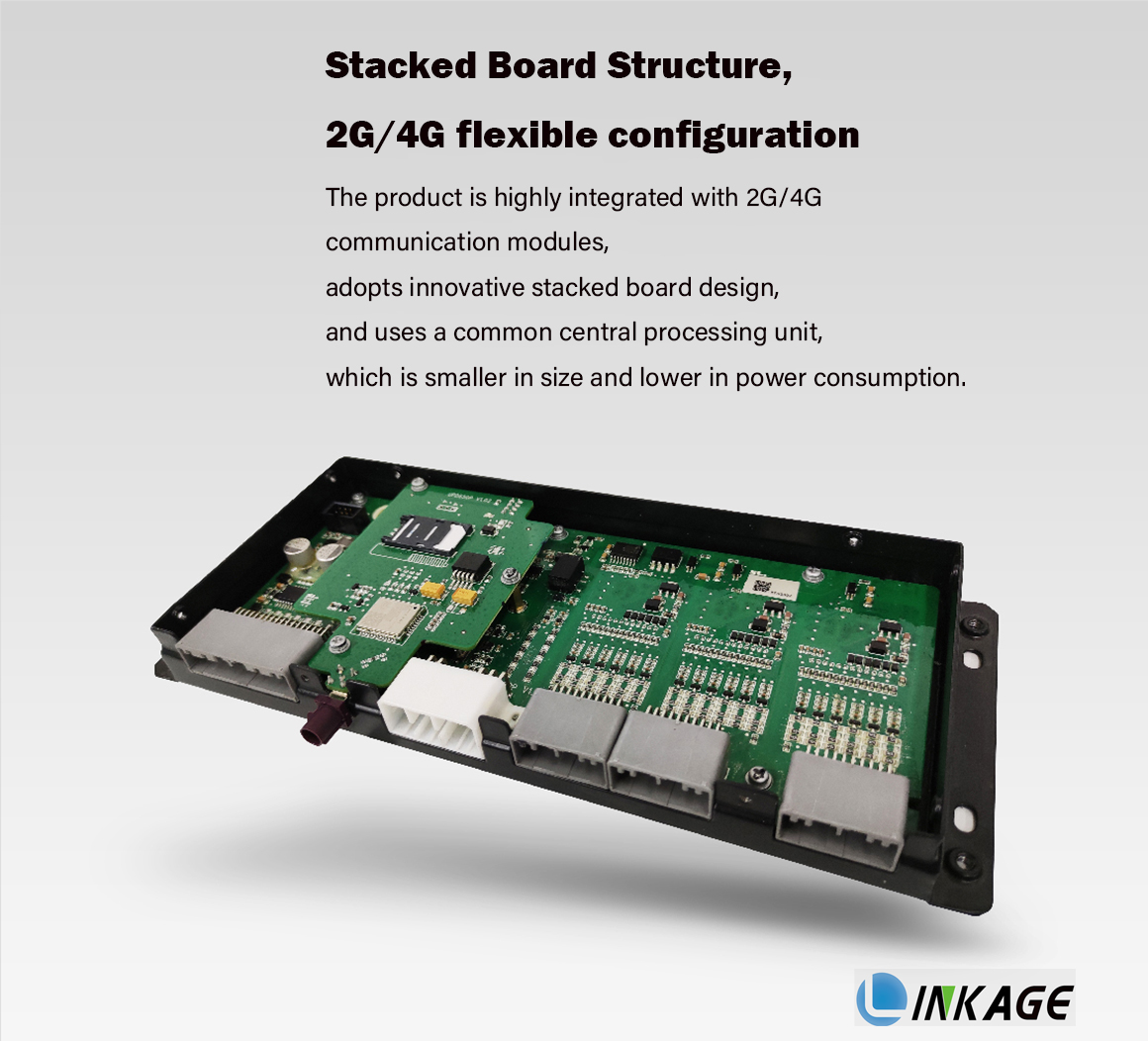
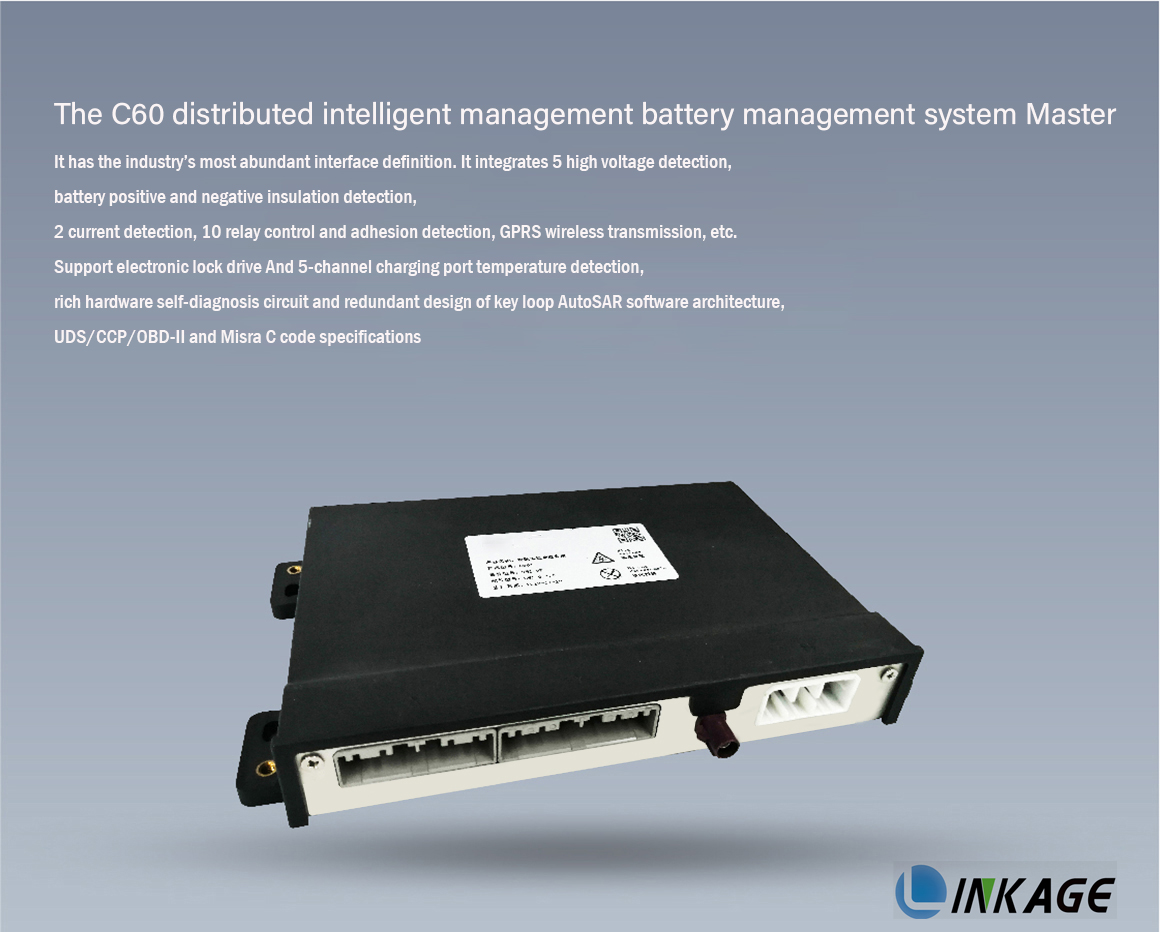
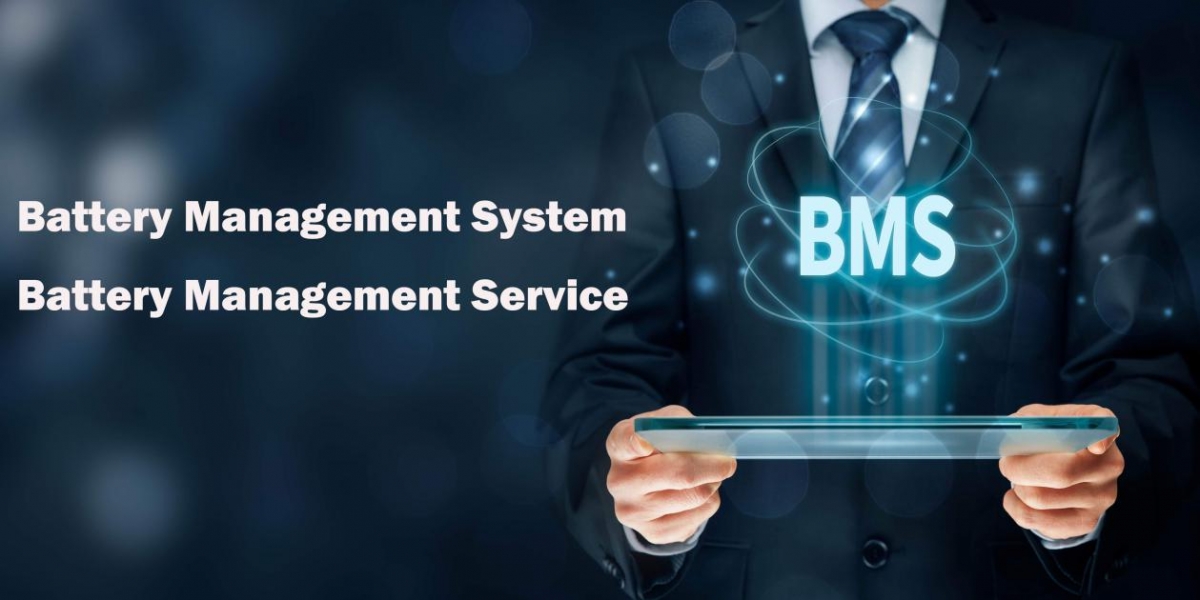
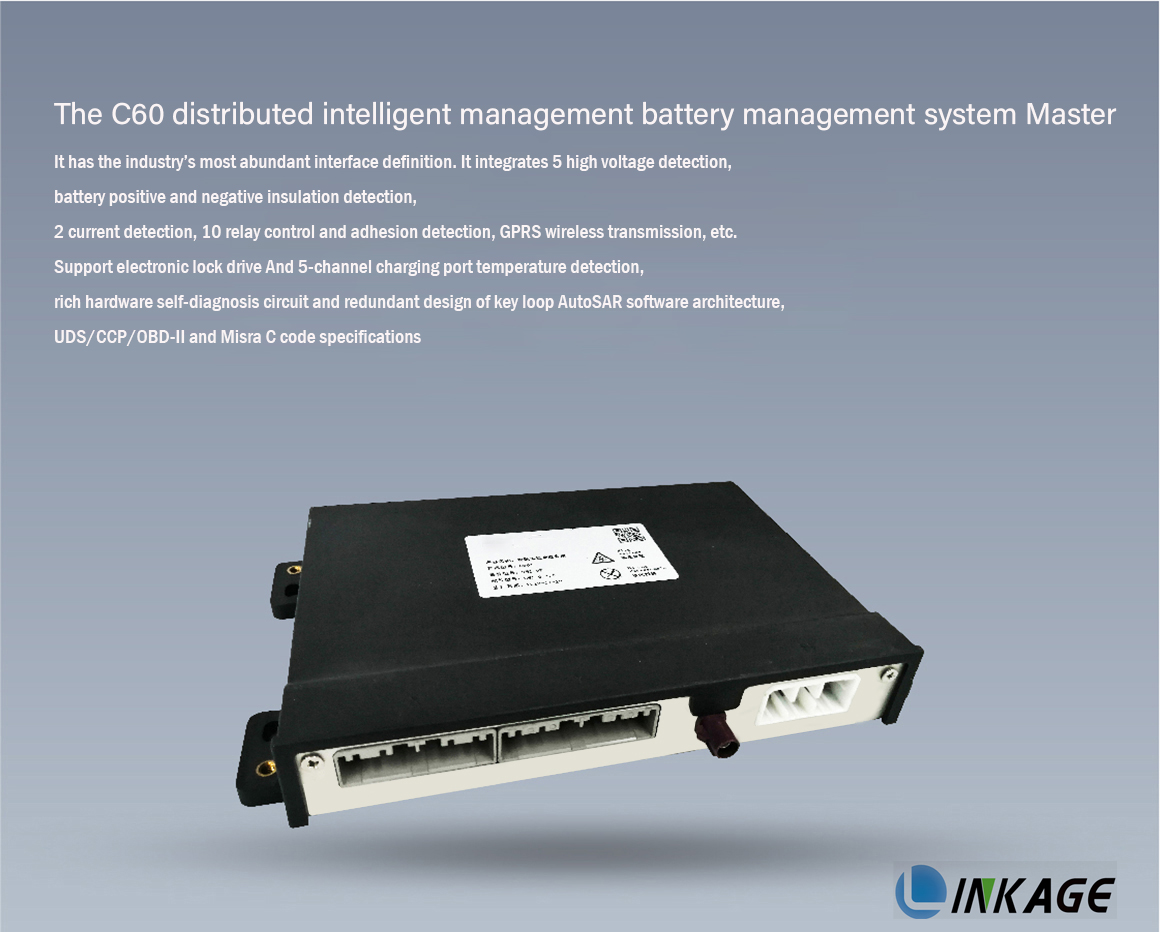
Lithium-ion batteries have different intercalation energies when intercalation reactions occur between the two electrodes, and in order to obtain the best performance of the battery, the capacity ratio of the two host electrodes should maintain a balanced value.
Лити-ион батерейнд хүчин чадлын тэнцвэрийг эерэг электродын сөрөг электродын массын харьцаагаар илэрхийлдэг.
That is: γ=m+/m-=ΔxC-/ΔyC+
Дээрх томъёонд C нь электродын онолын кулон багтаамжийг, Δx ба Δy нь сөрөг электрод болон эерэг электрод дахь литийн ионуудын стехиометрийн тоог тус тус илэрхийлнэ. Дээрх томъёоноос харахад хоёр туйлын шаардагдах массын харьцаа нь хоёр туйлын харгалзах Кулоны багтаамж ба тэдгээрийн урвуу литийн ионуудын тооноос хамаарна.
зураг
Ерөнхийдөө массын харьцаа бага байх нь сөрөг электродын материалыг бүрэн ашиглахад хүргэдэг; их хэмжээний массын харьцаа нь сөрөг электродын хэт ачааллаас болж аюулгүй байдалд аюул учруулж болзошгүй. Товчхондоо, оновчтой массын харьцаагаар батерейны гүйцэтгэл хамгийн сайн байдаг.
For an ideal Li-ion battery system, the capacity balance does not change during its cycle, and the initial capacity in each cycle is a certain value, but the actual situation is much more complicated. Any side reaction that can generate or consume lithium ions or electrons may lead to changes in battery capacity balance. Once the battery’s capacity balance state changes, this change is irreversible and can be accumulated through multiple cycles, resulting in battery performance. Serious impact. In lithium-ion batteries, in addition to the redox reactions that occur when lithium ions are deintercalated, there are also a large number of side reactions, such as electrolyte decomposition, active material dissolution, and metallic lithium deposition.
Шалтгаан 1: Хэт их цэнэглэх
1. Бал чулуу сөрөг электродын хэт цэнэглэх урвал:
Зайг хэт цэнэглэх үед литийн ионууд амархан буурч, сөрөг электродын гадаргуу дээр хуримтлагддаг.
зураг
Хуримтлагдсан лити нь сөрөг электродын гадаргууг бүрхэж, литийн харилцан үйлчлэлийг хаадаг. Энэ нь дараахь шалтгааны улмаас цэнэгийн үр ашгийг бууруулж, хүчин чадлын алдагдалд хүргэдэг.
①Reduce the amount of recyclable lithium;
②The deposited metal lithium reacts with the solvent or supporting electrolyte to form Li2CO3, LiF or other products;
③ Металл лити нь ихэвчлэн сөрөг электрод ба тусгаарлагчийн хооронд үүсдэг бөгөөд энэ нь тусгаарлагчийн нүхийг хааж, зайны дотоод эсэргүүцлийг нэмэгдүүлдэг;
④ Лити нь маш идэвхтэй байдаг тул электролиттэй урвалд орж, электролитийг хэрэглэхэд хялбар байдаг тул гадагшлуулах үр ашиг буурч, хүчин чадал алдагддаг.
Хурдан цэнэглэх, гүйдлийн нягтрал нь хэт том, сөрөг электрод нь маш их туйлширч, литийн хуримтлал нь илүү тодорхой болно. Энэ нь эерэг электродын идэвхтэй материал нь сөрөг электродын идэвхтэй материалаас хэтэрсэн үед тохиолдох магадлалтай. Гэсэн хэдий ч өндөр цэнэглэх үед эерэг ба сөрөг идэвхтэй материалын харьцаа хэвийн байсан ч металл литийн хуримтлал үүсч болно.
2. Электродыг хэт цэнэглэх эерэг урвал
Эерэг электродын идэвхтэй материалын сөрөг электродын идэвхтэй материалын харьцаа хэт бага байвал эерэг электродын хэт цэнэг үүсэх магадлалтай.
The capacity loss caused by overcharge of the positive electrode is mainly due to the generation of electrochemically inert substances (such as Co3O4, Mn2O3, etc.), which destroy the capacity balance between the electrodes, and the capacity loss is irreversible.
(1) LiyCoO2
LiyCoO2→(1-y)/3[Co3O4+O2(g)]+yLiCoO2 y<0.4
Үүний зэрэгцээ битүүмжилсэн лити-ион батерейны эерэг электродын материалын задралаас үүссэн хүчилтөрөгч нь дахин нэгдэх урвал (H2O үүсэх гэх мэт) болон задралаас үүссэн шатамхай хий байхгүй тул нэгэн зэрэг хуримтлагддаг. электролит, үр дагавар нь төсөөлшгүй байх болно.
(2) λ-MnO2
Лити-манганы исэл бүрэн задрахад лити-манганы урвал явагдана: λ-MnO2→Mn2O3+O2(g)
3. The electrolyte is oxidized when overcharged
Даралт 4.5 В-оос их байвал электролит нь уусдаггүй бодис (Li2Co3 гэх мэт) болон хий үүсгэхийн тулд исэлднэ. Эдгээр уусдаггүй бодисууд нь электродын микро нүх сүвийг хааж, литийн ионуудын шилжилтийг саатуулж, дугуй унах үед хүчин чадал алдагдах болно.
Factors that affect the rate of oxidation:
The surface area of the positive electrode material
Current collector material
Нэмэлт дамжуулагч бодис (нүүрстөрөгчийн хар гэх мэт)
The type and surface area of carbon black
Илүү өргөн хэрэглэгддэг электролитүүдийн дотроос EC/DMC нь исэлдэлтийн эсэргүүцэл хамгийн өндөртэй гэж тооцогддог. Уусмалын электрохимийн исэлдэлтийн процессыг ерөнхийд нь: уусмал → исэлдэлтийн бүтээгдэхүүн (хий, уусмал ба хатуу бодис)+нэ-
Аливаа уусгагчийг исэлдүүлэх нь электролитийн концентрацийг нэмэгдүүлж, электролитийн тогтвортой байдлыг бууруулж, эцэст нь батерейны хүчин чадалд нөлөөлнө. Цэнэглэх бүрт бага хэмжээний электролит зарцуулдаг гэж үзвэл зайг угсрах явцад илүү их электролит шаардагдана. Тогтмол савны хувьд энэ нь бага хэмжээний идэвхтэй бодисыг ачиж, улмаар анхны хүчин чадлыг бууруулдаг гэсэн үг юм. Үүнээс гадна хатуу бүтээгдэхүүн үйлдвэрлэсэн тохиолдолд электродын гадаргуу дээр идэвхгүй хальс үүсэх бөгөөд энэ нь зайны туйлшралыг нэмэгдүүлж, зайны гаралтын хүчдэлийг бууруулдаг.
Reason 2: Electrolyte decomposition (reduction)
Би электрод дээр задардаг
1. The electrolyte is decomposed on the positive electrode:
Электролит нь уусгагч ба туслах электролитээс бүрдэнэ. Катод задарсаны дараа ихэвчлэн Li2Co3, LiF зэрэг уусдаггүй бүтээгдэхүүн үүсдэг бөгөөд энэ нь электродын нүхийг хааж зайны багтаамжийг бууруулдаг. Электролитийг бууруулах урвал нь батерейны хүчин чадал, ашиглалтын хугацаанд сөрөг нөлөө үзүүлнэ. Багасгаснаар үүссэн хий нь батерейны дотоод даралтыг нэмэгдүүлж, аюулгүй байдлын асуудалд хүргэж болзошгүй юм.
The positive electrode decomposition voltage is usually greater than 4.5V (vs. Li/Li+), so they do not easily decompose on the positive electrode. On the contrary, the electrolyte is more easily decomposed at the negative electrode.
2. Электролит нь сөрөг электрод дээр задардаг.
The electrolyte is not stable on graphite and other lithium-inserted carbon anodes, and it is easy to react to generate irreversible capacity. During the initial charge and discharge, the decomposition of the electrolyte will form a passivation film on the surface of the electrode, and the passivation film can separate the electrolyte from the carbon negative electrode to prevent further decomposition of the electrolyte. Thus, the structural stability of the carbon anode is maintained. Under ideal conditions, the reduction of the electrolyte is limited to the passivation film formation stage, and this process does not occur when the cycle is stable.
Formation of passivation film
The reduction of electrolyte salts participates in the formation of the passivation film, which is beneficial to the stabilization of the passivation film, but
(1) The insoluble matter produced by the reduction will have an adverse effect on the solvent reduction product;
(2) The concentration of the electrolyte decreases when the electrolyte salt is reduced, which eventually leads to the loss of battery capacity (LiPF6 is reduced to form LiF, LixPF5-x, PF3O and PF3);
(3) Идэвхгүй болгох хальс үүсэхэд литийн ионууд зарцуулагддаг бөгөөд энэ нь хоёр электродын хоорондох хүчин чадлын тэнцвэргүй байдлыг үүсгэж, бүхэл батерейны багтаамжийг бууруулдаг.
(4) If there are cracks on the passivation film, solvent molecules can penetrate and thicken the passivation film, which not only consumes more lithium, but also may block the micropores on the carbon surface, resulting in the inability of lithium to be inserted and extracted. , resulting in irreversible capacity loss. Adding some inorganic additives to the electrolyte, such as CO2, N2O, CO, SO2, etc., can accelerate the formation of the passivation film and inhibit the co-insertion and decomposition of the solvent. The addition of crown ether organic additives also has the same effect. 12 crowns and 4 ethers are the best.
Киноны багтаамж алдагдах хүчин зүйлүүд:
(1) Уг процесст ашигласан нүүрстөрөгчийн төрөл;
(2) Electrolyte composition;
(3) Additives in electrodes or electrolytes.
Ион солилцооны урвал нь идэвхтэй материалын бөөмийн гадаргуугаас цөм рүүгээ урагшилж, үүссэн шинэ үе нь анхны идэвхтэй материалыг булж, бөөмийн гадаргуу дээр бага ион ба электрон дамжуулалттай идэвхгүй хальс үүсдэг гэж Блайр үзэж байна. хадгалалтын дараа spinel Хадгалалтын өмнөхөөс илүү их туйлшрал.
Zhang found that the resistance of the surface passivation layer increased and the interfacial capacitance decreased with the increase of the number of cycles. It reflects that the thickness of the passivation layer increases with the number of cycles. The dissolution of manganese and the decomposition of the electrolyte lead to the formation of passivation films, and high temperature conditions are more conducive to the progress of these reactions. This will increase the contact resistance between the active material particles and the Li+ migration resistance, thereby increasing the polarization of the battery, incomplete charging and discharging, and reduced capacity.
II Электролитийг бууруулах механизм
Электролит нь ихэвчлэн хүчилтөрөгч, ус, нүүрстөрөгчийн давхар исэл болон бусад хольцыг агуулдаг бөгөөд батерейг цэнэглэх, цэнэглэх явцад исэлдэлтийн урвал явагддаг.
Электролитийг бууруулах механизм нь уусгагчийг багасгах, электролитийг багасгах, хольцыг багасгах гэсэн гурван зүйлийг агуулна.
1. Уусгагчийг багасгах
PC болон EC-ийн бууралт нь нэг электрон урвал ба хоёр электрон урвалын процессыг агуулдаг бөгөөд хоёр электрон урвал нь Li2CO3 үүсгэдэг.
Фонг нар. электродын потенциал 0.8V-тэй (Li/Li+-тай харьцуулбал) эхний цэнэг алдалтын явцад PC/EC-ийн цахилгаан химийн урвал бал чулуун дээр CH=CHCH3(g)/CH2=CH2(g) үүсгэсэн гэж үзсэн. болон LiCO3(s) нь бал чулуун электродын хүчин чадлын эргэлт буцалтгүй алдагдалд хүргэдэг.
Aurbach et al. conducted extensive research on the reduction mechanism and products of various electrolytes on lithium metal electrodes and carbon-based electrodes, and found that the one-electron reaction mechanism of PC produces ROCO2Li and propylene. ROCO2Li is very sensitive to trace water. The main products are Li2CO3 and propylene in the presence of trace water, but no Li2CO3 is produced under dry conditions.
Restoration of DEC:
Ein-Eli Y-ийн мэдээлснээр диэтил карбонат (DEC) ба диметил карбонат (DMC) -тай холилдсон электролит нь батерейнд солилцооны урвалд орж, хүчин чадал алдагдахад хүргэдэг этил метил карбонат (EMC) үүсгэх болно. тодорхой нөлөө.
2. Электролитийн бууралт
The reduction reaction of the electrolyte is generally considered to be involved in the formation of the carbon electrode surface film, so its type and concentration will affect the performance of the carbon electrode. In some cases, the reduction of the electrolyte contributes to the stabilization of the carbon surface, which can form the desired passivation layer.
It is generally believed that the supporting electrolyte is easier to reduce than the solvent, and the reduction product is mixed in the negative electrode deposition film and affects the capacity decay of the battery. Several possible reduction reactions of supporting electrolytes are as follows:
3. Impurity reduction
(1) Хэрэв электролит дэх усны агууламж хэт өндөр байвал LiOH(s) болон Li2O ордууд үүсэх бөгөөд энэ нь литийн ионуудыг оруулахад тохиромжгүй бөгөөд хүчин чадлын эргэлт буцалтгүй алдагдалд хүргэдэг.
H2O+e→OH-+1/2H2
OH-+Li+→LiOH(s)
LiOH+Li++e-→Li2O(s)+1/2H2
Үүсгэсэн LiOH(s) нь электродын гадаргуу дээр хуримтлагдаж, өндөр эсэргүүцэлтэй гадаргуугийн хальс үүсгэдэг бөгөөд энэ нь графит электрод руу Li+ нийлэхэд саад болж, хүчин чадлын эргэлт буцалтгүй алдагдахад хүргэдэг. Уусгагч дахь бага хэмжээний ус (100-300 × 10-6) нь бал чулууны электродын үйл ажиллагаанд ямар ч нөлөө үзүүлэхгүй.
(2) The CO2 in the solvent can be reduced on the negative electrode to form CO and LiCO3(s):
2CO2+2e-+2Li+→Li2CO3+CO
CO will increase the internal pressure of the battery, and Li2CO3(s) will increase the internal resistance of the battery and affect the battery performance.
(3) Уусгагч дахь хүчилтөрөгч байгаа нь мөн Li2O үүсгэдэг
1/2O2+2e-+2Li+→Li2O
Металл лити ба бүрэн харилцан уялдаатай нүүрстөрөгчийн хоорондох боломжит ялгаа бага байдаг тул нүүрстөрөгч дээрх электролитийн бууралт нь литийн бууралттай төстэй юм.
Reason 3: Self-discharge
Өөрөө цэнэггүй болох нь батерейг ашиглаагүй үед байгалиасаа хүчин чадлаа алддаг үзэгдлийг хэлдэг. Ли-ион батерейг өөрөө цэнэглэх нь хоёр тохиолдолд хүчин чадлын алдагдалд хүргэдэг.
Нэг нь урвуу хүчин чадлын алдагдал юм;
Хоёр дахь нь эргэлт буцалтгүй чадвараа алдах явдал юм.
Reversible capacity loss means that the lost capacity can be recovered during charging, while irreversible capacity loss is the opposite. The positive and negative electrodes may act as a microbattery with the electrolyte in the charged state, resulting in lithium ion intercalation and deintercalation, and intercalation and deintercalation of positive and negative electrodes. The embedded lithium ions are only related to the lithium ions of the electrolyte, so the capacity of the positive and negative electrodes is unbalanced, and this part of the capacity loss cannot be recovered during charging. Such as:
Lithium manganese oxide positive electrode and solvent will cause micro-battery effect and self-discharge, resulting in irreversible capacity loss:
LiyMn2O4+xLi++xe-→Liy+xMn2O4
Solvent molecules (such as PC) are oxidized on the surface of conductive material carbon black or current collector as a microbattery anode:
xPC→xPC-radical+xe-
Үүний нэгэн адил сөрөг идэвхтэй материал нь электролиттэй харилцан үйлчилж, өөрөө цэнэггүйдэл үүсгэж, хүчин чадлын эргэлт буцалтгүй алдагдахад хүргэдэг бөгөөд дамжуулагч материал дээр электролит (LiPF6 гэх мэт) буурдаг.
PF5+xe-→PF5-x
Lithium carbide in the charged state is oxidized by removing lithium ions as the negative electrode of the microbattery:
LiyC6→Liy-xC6+xLi+++xe-
Factors affecting self-discharge: the manufacturing process of the positive electrode material, the manufacturing process of the battery, the properties of the electrolyte, temperature, and time.
